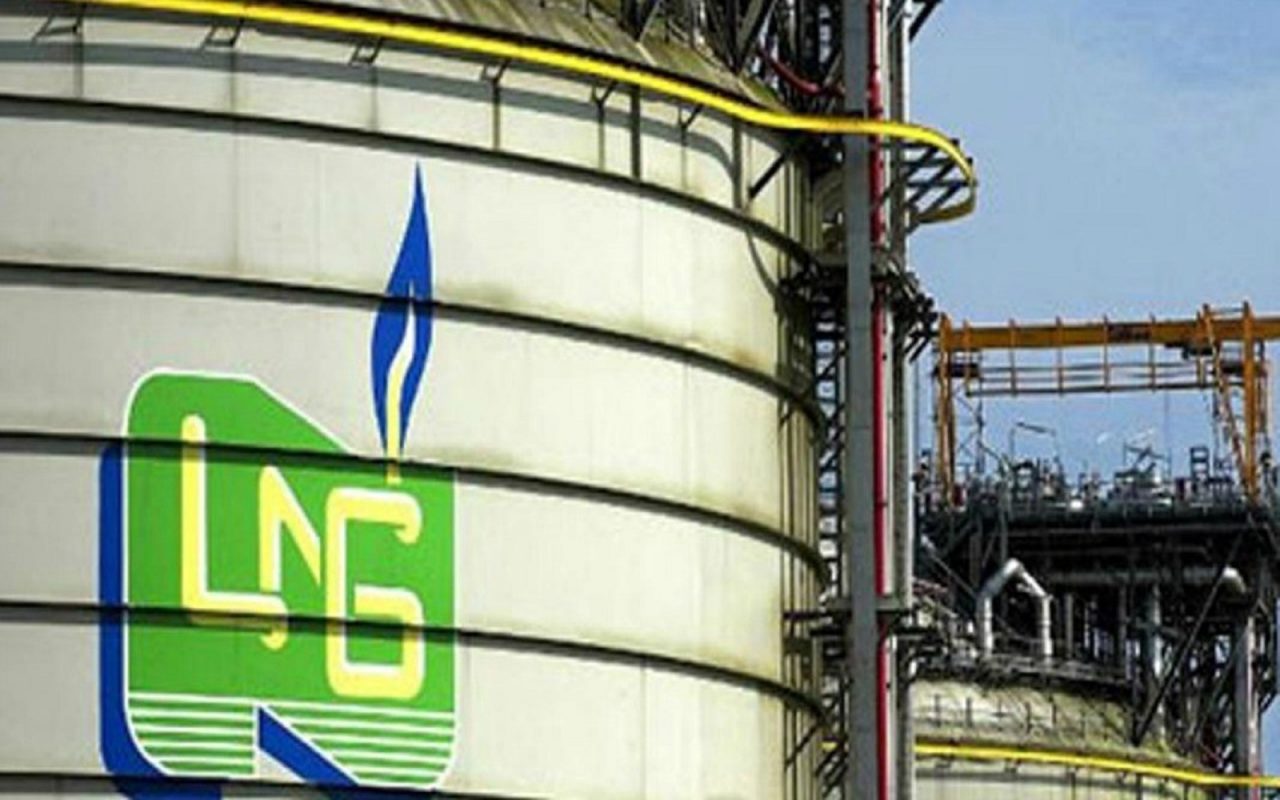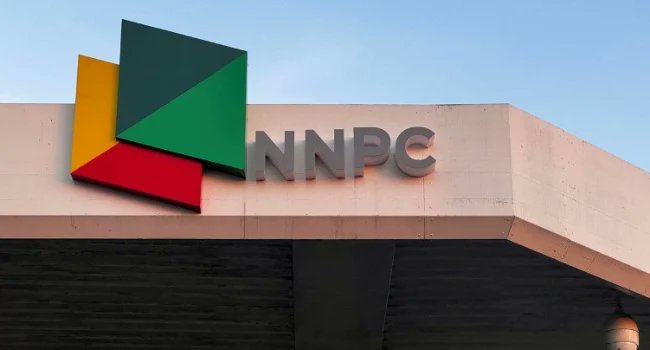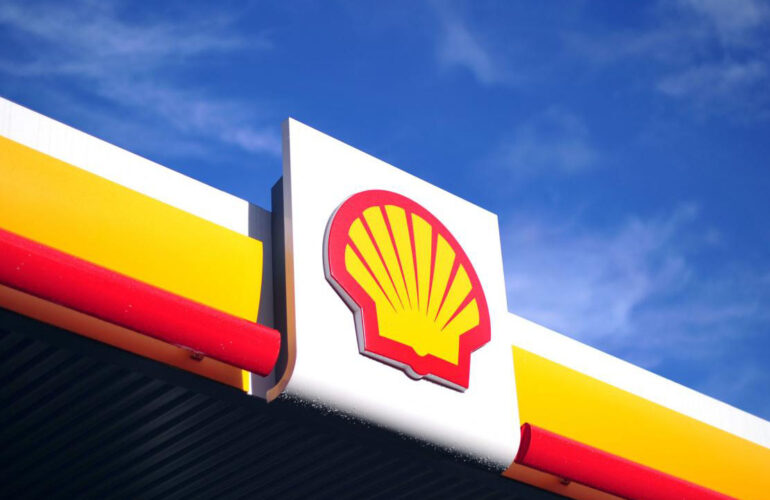There are indications that about 79 million tonnes per annum (MMTPA) of additional Liquefied Natural Gas will see the final investment decision (FID) this year.
While Africa may not witness significant growth in LNG projects in the course of the year, projections by a global research body, Wood Mackenzie for the year 2022, noted that 33 MMTPA volume of FIDs is expected in North America, 16 MMTPA in Qatar, and 20 MMTPA in Russia.
Wood Mackenzie noted that LNG projects would continue seeing plenty of momentum as LNG prices are expected to be structurally higher and oil indexation on the rise.
The analyst expects 79 million tonnes per annum (MMTPA) of additional LNG to take the final investment decision (FID) over the next two years, including 33 MMTPA in North America, 16 MMTPA in Qatar, and 20 MMTPA in Russia.
According to the company’s projections, while oil indexation in long-term LNG contracts has been on a declining trend for the past 10 years, 2022 would be a turning point for LNG oil-indexed contracts, with the level of indexation firmly on the rise.
It noted that while Asian LNG spot prices are expected to average close to $15/mmbtu over the next five years, the current level of oil indexation (and oil prices) would result in a $7/mmbtu yearly average discount over spot LNG.
“Inevitably, demand for long-term contracts will increase, pushing oil indexation levels up,” WoodMac said.
According to the body, contracting requirements remain different across the next 10 years, adding that through to 2025, limited uncontracted supply availability is fuelling concerns regarding the security of supply, pushing oil-indexed levels up.
Beyond 2025, price upside would be kept in check by the increased availability of uncontracted supply from Qatar and Russia, uncertainties about long-term demand from legacy northeast Asia buyers, and competitive Henry Hub plus contracts, the body said.
Vice president at Wood Mackenzie, Valery Chow said: “2021 saw the return of contracting activity to its highest levels over the last five years. Asia accounted for 85% of global contracts signed, with China leading the pack.
“We expect LNG contracting activity to remain strong in 2022. Chinese buyers are again expected to lead the way and account for most of the new long-term contracts signed. On the other hand, we expect more muted activity from Japanese buyers. Despite high spot prices, long-term contracting for Japan is anticipated to continue softening in the face of energy transition uncertainties and greater confidence in the trading capabilities of the major buyers.
“Hybrid and Henry Hub-linked contracts are expected to remain in vogue in 2022 due to the price benefits of Henry Hub contracts and availability of new US supply. In contrast, we expect few long-term JKM-linked deals as buyers remain fearful of the associated price volatility.”
The body listed weather dynamics and the timing of Nord Stream 2 start-up as the key determinants of gas prices in 2022, noting that at current levels of Russian exports and considering normal weather conditions, European storage inventories would get below 15 billion cubic metres (bcm) by the end of March, a record low.
It stated further that prices would eventually come down as the winter is through, but requirements to refill storage facilities would be high, some 20-25 bcm more than last year.
Wood Mackenzie added that the commissioning of Nord Stream two might well be the only option to refill storage and avoid a repeat of last year’s winter crisis.
Vice president at the firm, Massimo Di Odoardo said: “But things could get a lot worse. A cold winter could add up to 10 bcm of additional gas demand, pushing storage inventories to zero before the end of March. And the commissioning of Nord Stream 2 could be stopped altogether if tensions between Russia and Ukraine escalate, as the German government has recently warned.
“Normal winter weather and visibility on Nord Stream 2 commissioning would push prices down, although demand for storage (and high carbon prices) will maintain prices above US$15 per metric million British thermal units (mmbtu). But a cold winter and continued uncertainty about commissioning of Nord Stream 2 could see prices doubling, again.”
Source: The Guardians





